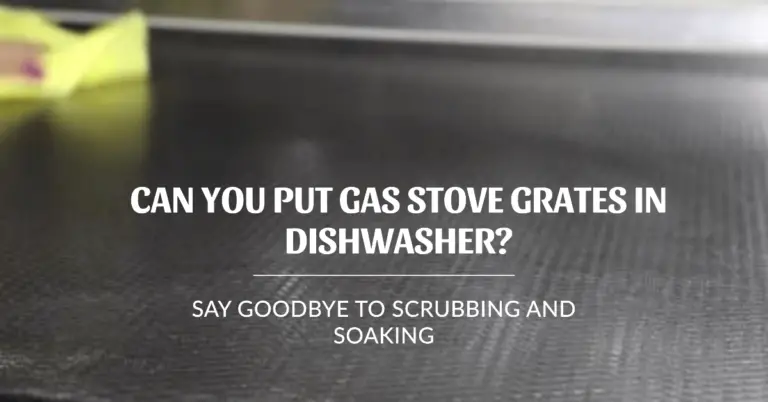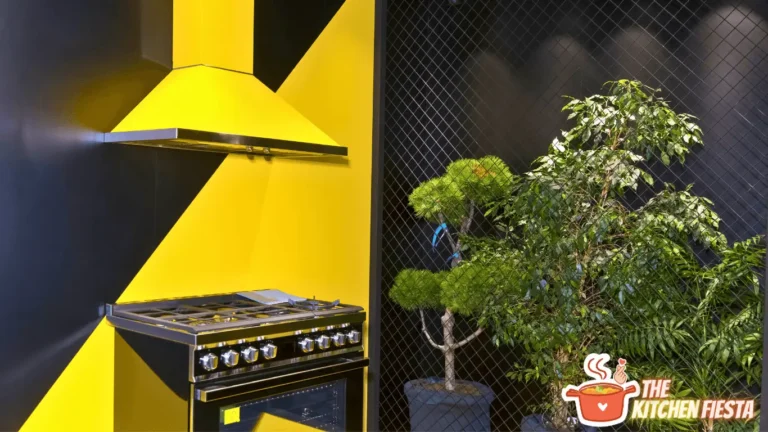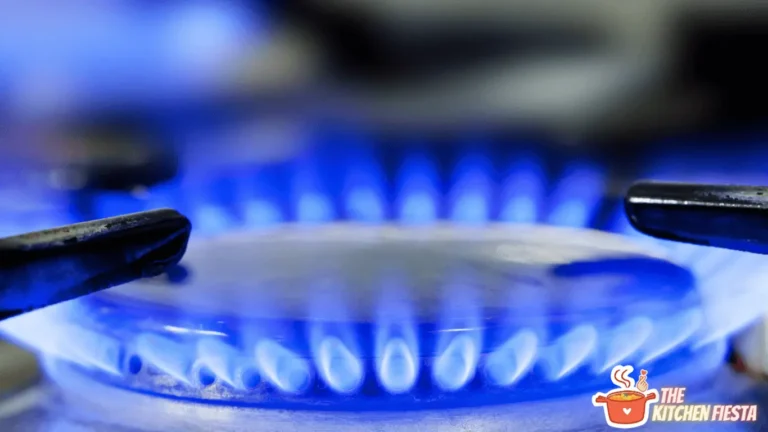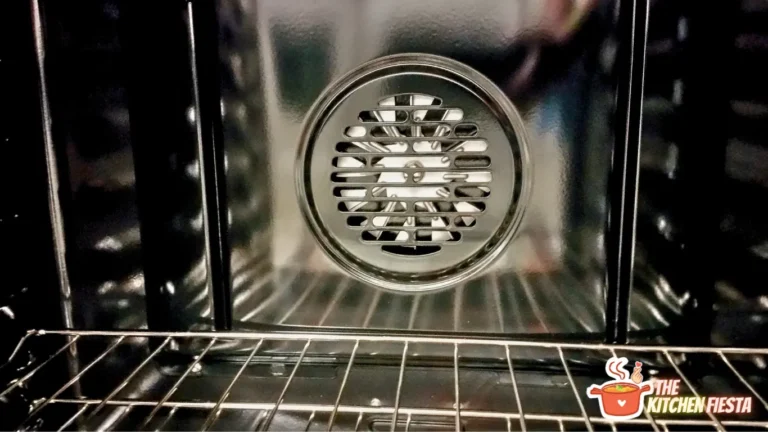Can You Use a Propane Stove Indoors? Safety Tips and Guidelines
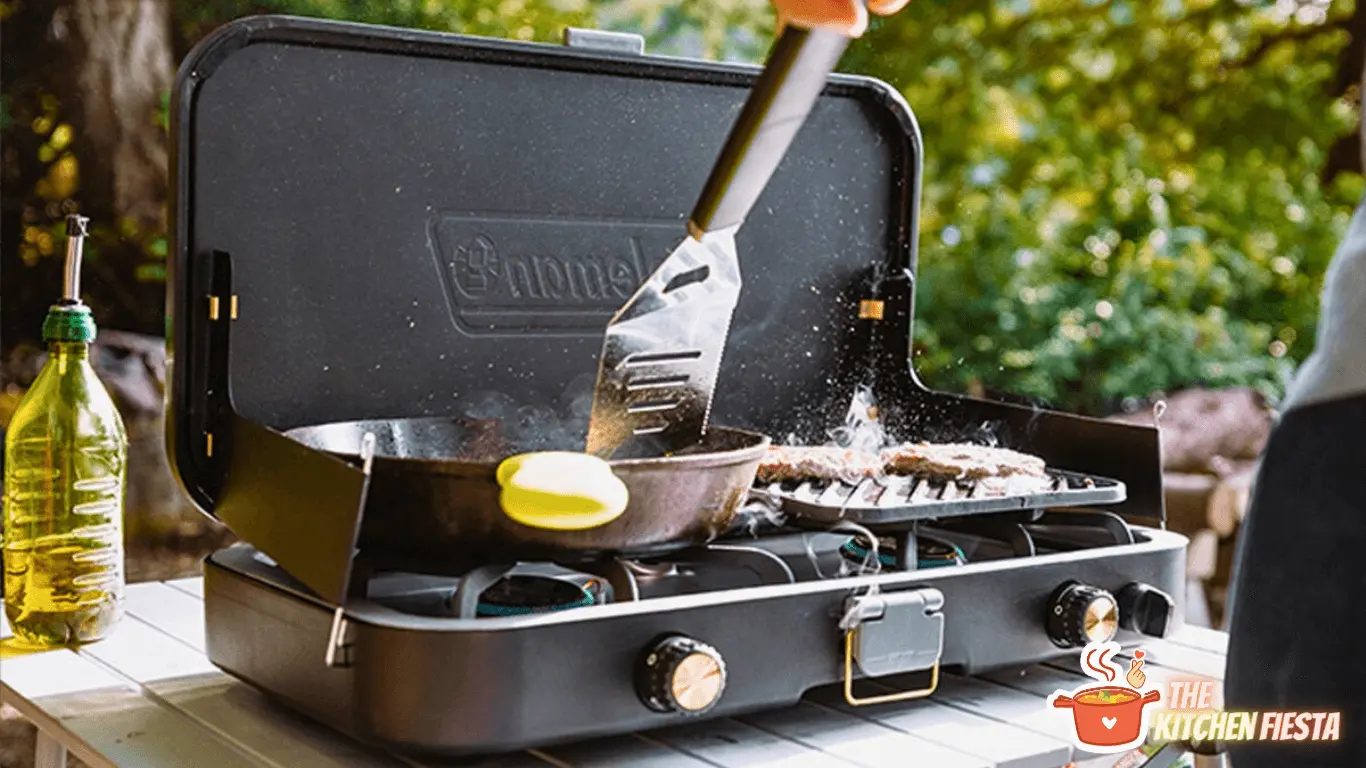
Propane stoves are popular for outdoor cooking, but can they be used indoors? This is a common question among homeowners who want to use their propane stoves for indoor cooking.
The answer is yes, you can use a propane stove indoors, but it requires some safety precautions to ensure that you and your family stay safe. The key element in using a propane stove indoors is ventilation. Like any cooking appliance, a propane stove must have adequate ventilation to avoid gas buildup inside your home, cabin, or camper.
Good ventilation can be achieved by using a range hood or opening a window to allow fresh air to circulate. Monitoring the ventilation during cooking is essential to ensure it remains effective.
This article explores the art of safely using a propane stove indoors, ensuring delectable meals without compromising your family’s safety.
Understanding Propane Stoves
Propane stoves are popular for outdoor enthusiasts who love to cook on the go. They are portable, easy to use, and can be fueled by propane tanks. However, some wonder if using a propane stove indoors is safe.
Definition of Propane Stoves
A propane stove is a cooking appliance that uses propane gas as a fuel source. It typically consists of a burner, a fuel source, and a control valve. Propane stoves can be used for cooking and boiling water and are commonly used for camping, hiking, and other outdoor activities.
How Propane Stoves Work
Propane stoves work by burning propane gas to produce heat. The gas is stored in a propane tank connected to the stove via a hose. When the stove is turned on, the gas flows from the tank to the burner, where a spark or a pilot light ignites it.
The heat produced by the burning gas is used to cook food or boil water. The stove’s temperature can be adjusted by turning the control valve, which regulates the gas flow to the burner.
Propane stoves are generally safe to use but emit carbon monoxide gas, which can be harmful if inhaled in high concentrations. It is essential to use propane stoves in a well-ventilated area to prevent the buildup of carbon monoxide gas.
Indoor Use of Propane Stoves
Propane stoves are popular for outdoor enthusiasts who love to cook on the go. However, can you use a propane stove indoors? The answer is yes, but it requires taking certain safety precautions.
1. Safety Measures
When using a propane stove indoors, it is essential to take safety measures seriously. Here are a few safety measures to keep in mind:
- Keep children and pets at a safe distance from the stove.
- Inspect the unit frequently for leaks, wear, and damage.
- Always have a fire extinguisher nearby.
- Use a carbon monoxide detector.
2. Ventilation Requirements
Like any cooking appliance, ventilation is critical to successfully using a propane stove indoors. Any stove that relies on an open flame releases exhaust into the indoor air. Therefore, it is crucial to have adequate ventilation to prevent carbon monoxide buildup and other harmful gases.
Here are a few ventilation requirements to keep in mind:
- Use the stove in a well-ventilated room.
- Open windows and doors to allow fresh air to circulate.
- Use a range hood or exhaust fan to remove exhaust fumes.
- Avoid using the stove in small, enclosed spaces.
3. Carbon Monoxide Risks
Carbon monoxide is a colorless, odorless gas produced when propane burns. It can be lethal in high concentrations. Therefore, it is essential to take steps to prevent carbon monoxide buildup when using a propane stove indoors.
Here are a few things to keep in mind:
- Use a carbon monoxide detector to monitor the air quality.
- If the detector sounds an alarm, evacuate the area immediately.
- Never use a propane stove as a source of heat.
- Always follow the manufacturer’s instructions for safe use.
Using a propane stove indoors can be safe with the appropriate precautions. Keep children and pets at a safe distance, inspect the unit frequently, use a carbon monoxide detector, and ensure adequate ventilation. Following these safety measures, you can enjoy cooking with your propane stove indoors without risks.
Alternatives to Indoor Propane Stoves
When cooking indoors, propane stoves are only one of many options available. There are several alternatives that can provide a safe and reliable cooking experience. Here are some of the most popular alternatives to indoor propane stoves:
1. Electric Stoves
Electric stoves are popular for indoor cooking because they are easy to use, reliable, and safe. They don’t emit harmful gases, so there’s no need for ventilation, and they come in various sizes and styles to fit any kitchen.
One of the main benefits of electric stoves is that they are exact, allowing for more accurate cooking temperatures. They also heat up quickly, so you don’t have to wait long to start cooking.
Electric stoves are more expensive to operate than propane stoves. Still, they are generally more energy-efficient to save you money in the long run.
2. Natural Gas Stoves
Natural gas stoves are another popular choice for indoor cooking. They are similar to propane stoves in that they use gas as a fuel source but are connected to a natural gas line instead of a propane tank.
One of the main benefits of natural gas stoves is their affordability. Natural gas is generally less expensive than propane, so you can save money on energy bills.
Natural gas stoves also heat up quickly and are precise so that you can cook confidently. They do require a gas line to be installed in your home, so there may be some upfront costs associated with installation.
Several alternatives to indoor propane stoves can provide a safe and reliable cooking experience. Whether you choose an electric or natural gas stove, you can enjoy precise cooking temperatures and save money on your energy bills.
Conclusion
In summary, using a propane stove indoors can be safe with proper precautions, with ventilation being the most critical factor. Ensuring adequate airflow helps prevent the accumulation of harmful combustion byproducts that could lead to health issues. It is crucial never to store propane tanks indoors, as they can leak unnoticed and pose a significant risk of carbon monoxide poisoning and potential fire hazards.
Always refer to the manufacturer’s instructions for specific safety guidelines, ventilation requirements, and other necessary precautions when using a propane stove indoors. While the convenience may be tempting, prioritizing safety is paramount to avoid potential health hazards and ensure a worry-free experience when using a propane stove indoors.
Frequently Asked Questions
Is it safe to use a portable gas stove indoors?
Portable gas stoves are designed for outdoor use and can be dangerous indoors. They can emit carbon monoxide, a colorless, odorless gas that can be lethal in high concentrations. It is recommended to use portable gas stoves only in well-ventilated areas or outside.
Can you use a propane tank indoors?
Propane tanks should never be used indoors. Propane is heavier than air, and if there is a leak, it can accumulate in low-lying areas and create a fire or explosion hazard. It is essential always to use propane tanks in well-ventilated outdoor areas.
Can you cook with a propane grill indoors?
Propane grills are designed for outdoor use and should never be used indoors. They can emit carbon monoxide and other harmful gases that can be lethal in enclosed spaces. It is always recommended to use propane grills in well-ventilated outdoor areas.
Can you use a butane stove indoors?
Butane stoves can be used indoors, but they must be used in well-ventilated areas. They can emit carbon monoxide and other harmful gases, so using them in a room with an open window or sound ventilation system is essential.
Is it safe to use a small indoor propane stove?
Small indoor propane stoves can be used safely if proper ventilation is maintained. Using them in a well-ventilated area or with a ventilation system that removes exhaust fumes from the room is essential. Carbon monoxide detectors should also be installed in the room to ensure safety.
Can you use a wood-burning stove indoors?
Wood-burning stoves can be used safely indoors if properly installed and maintained. It is essential to have a professional install the stove and chimney to ensure proper ventilation and prevent the buildup of harmful gases. Regular cleaning and maintenance are also essential to ensure safety.

